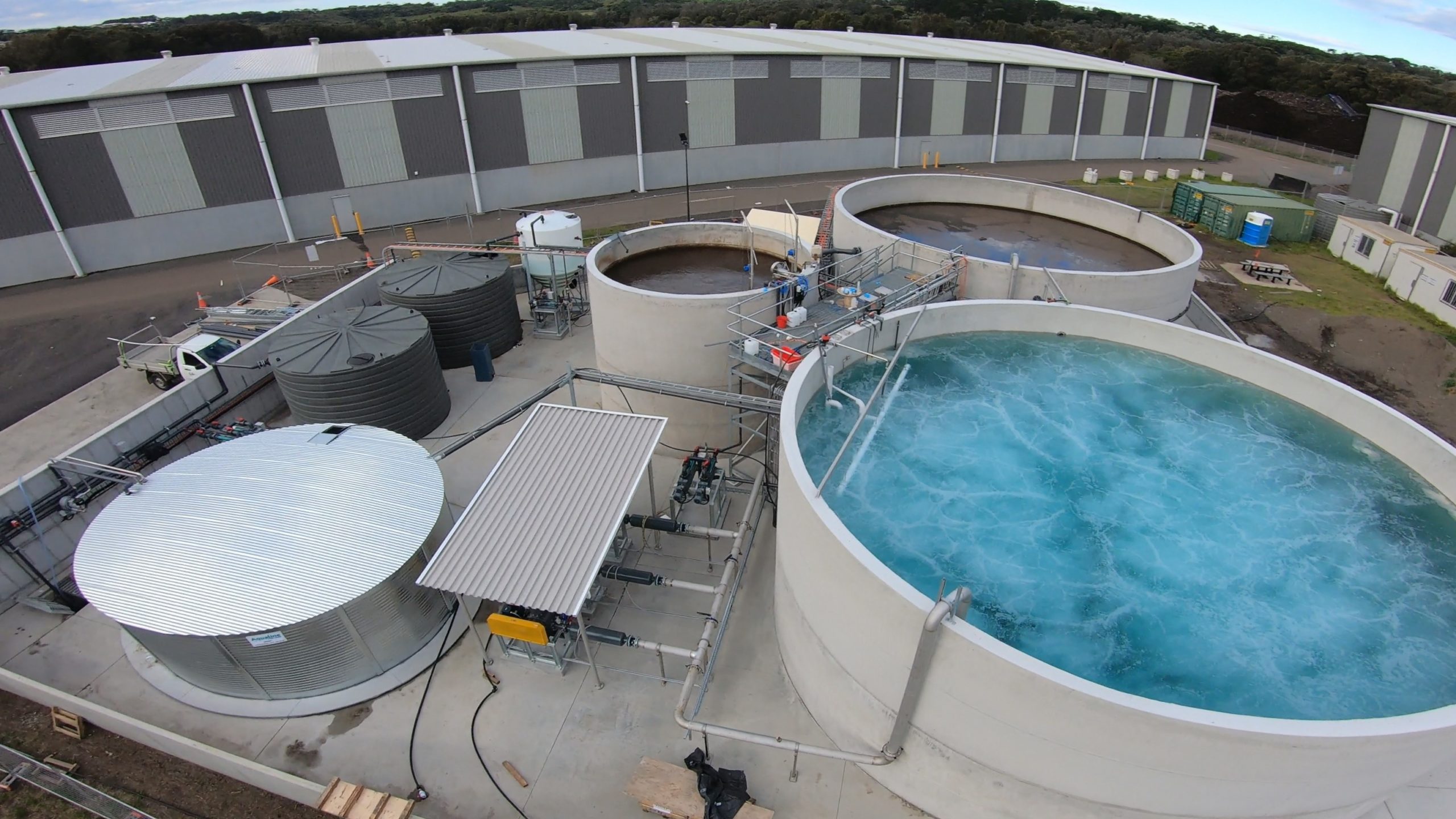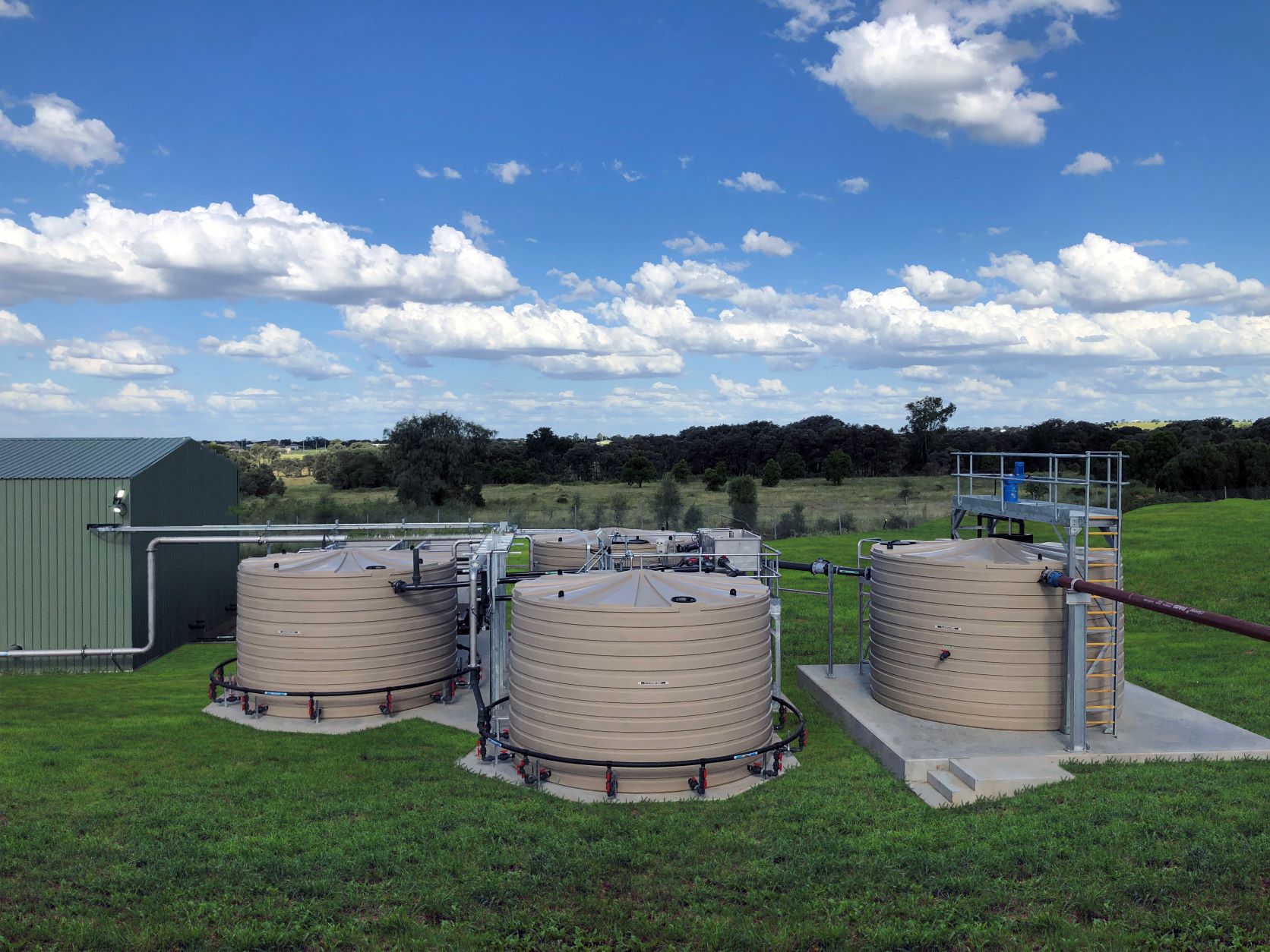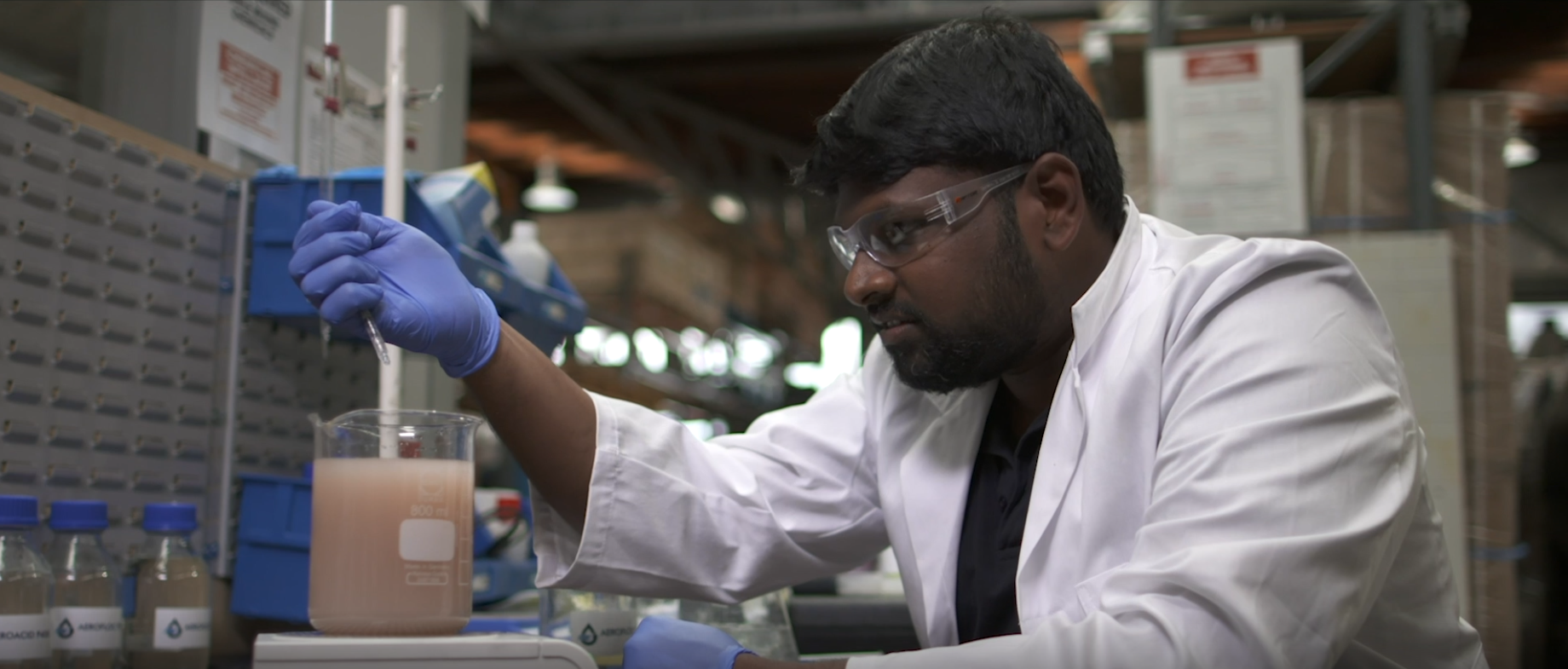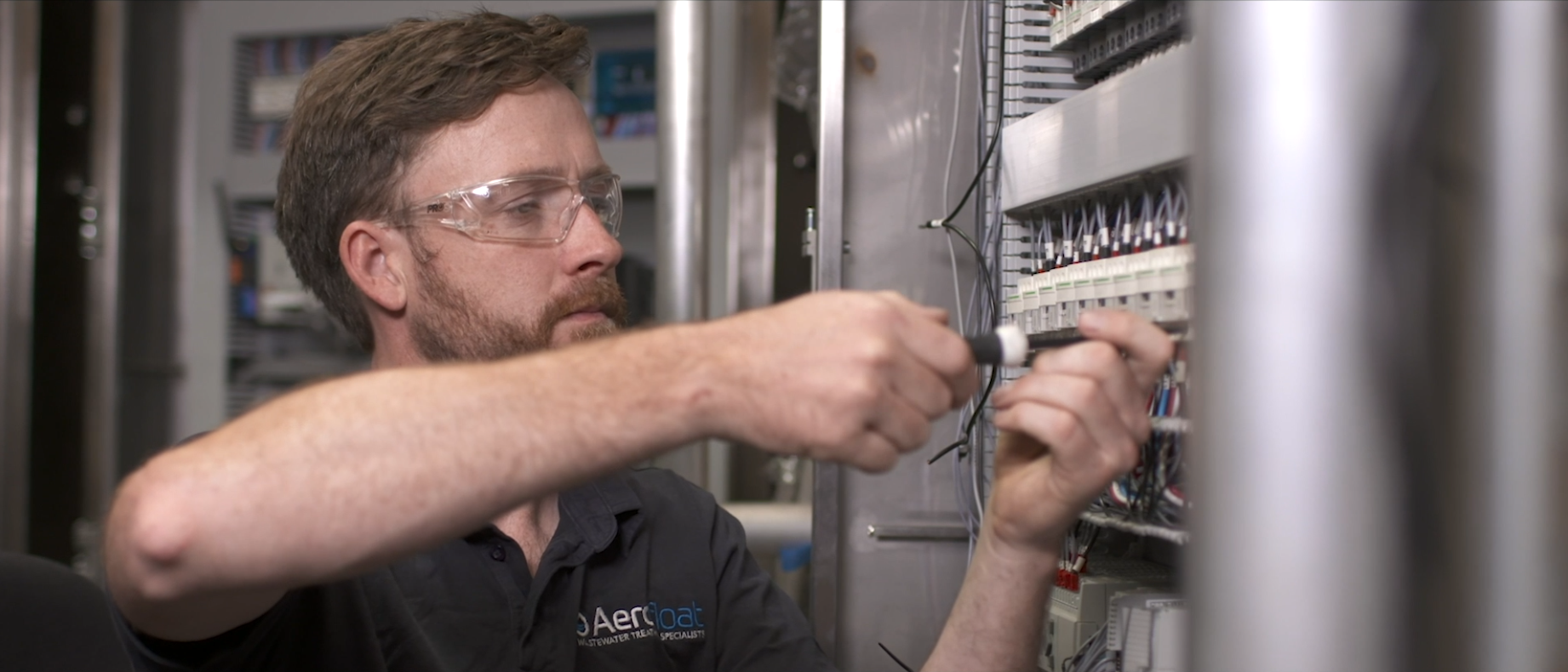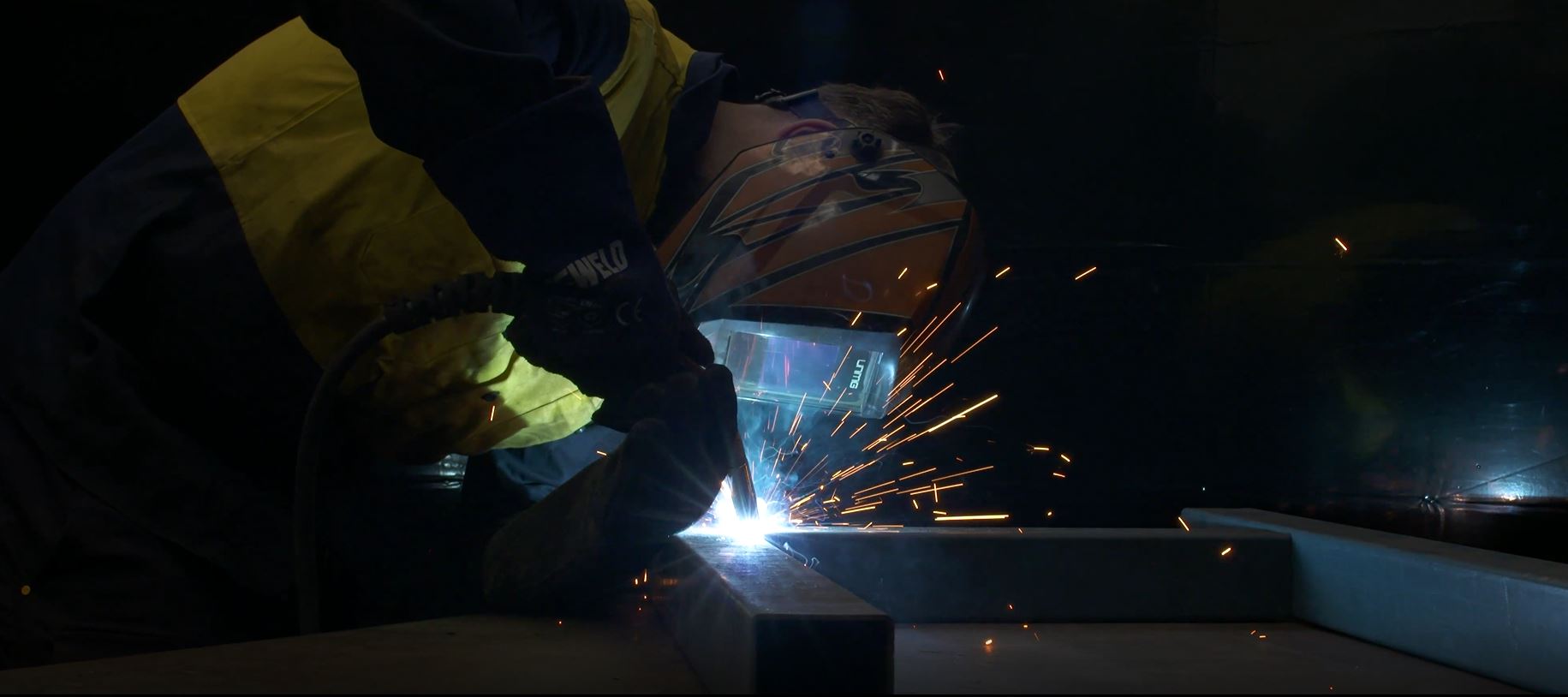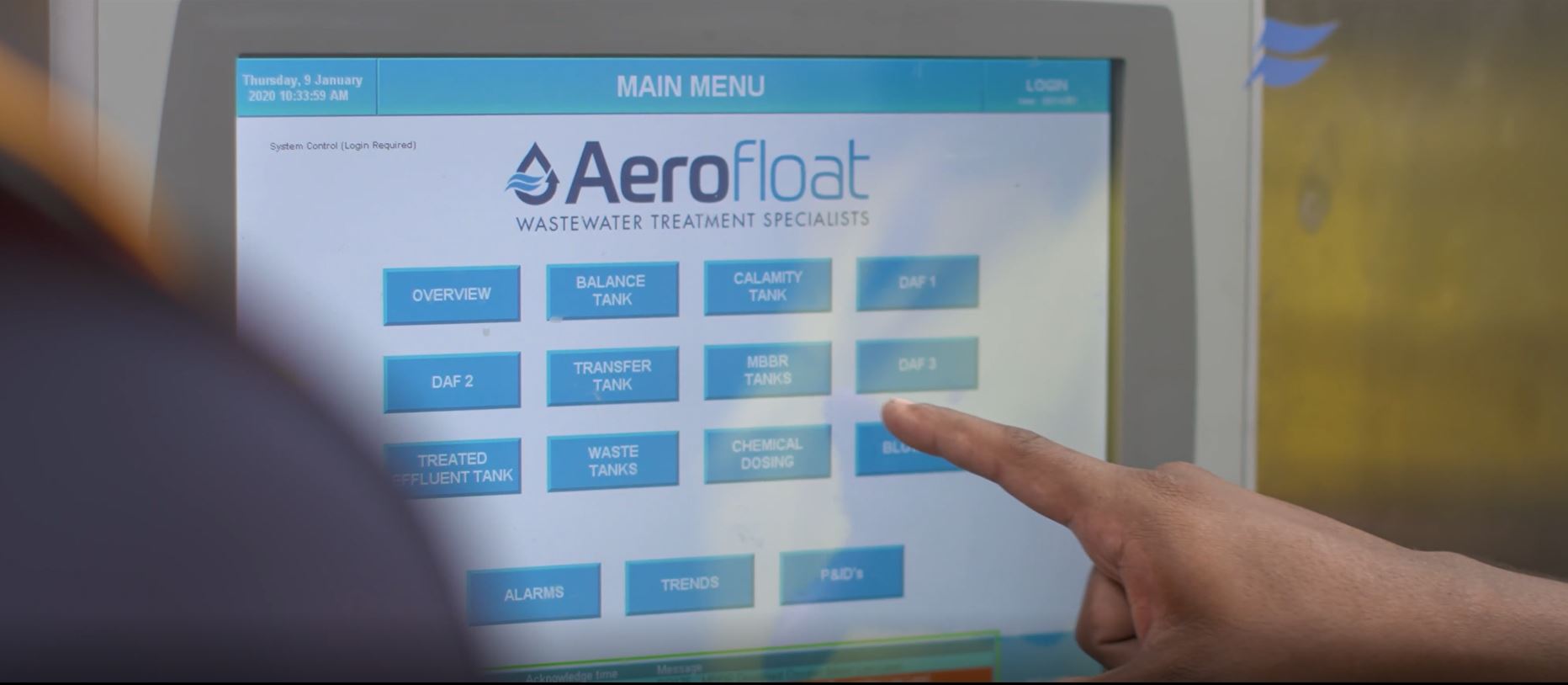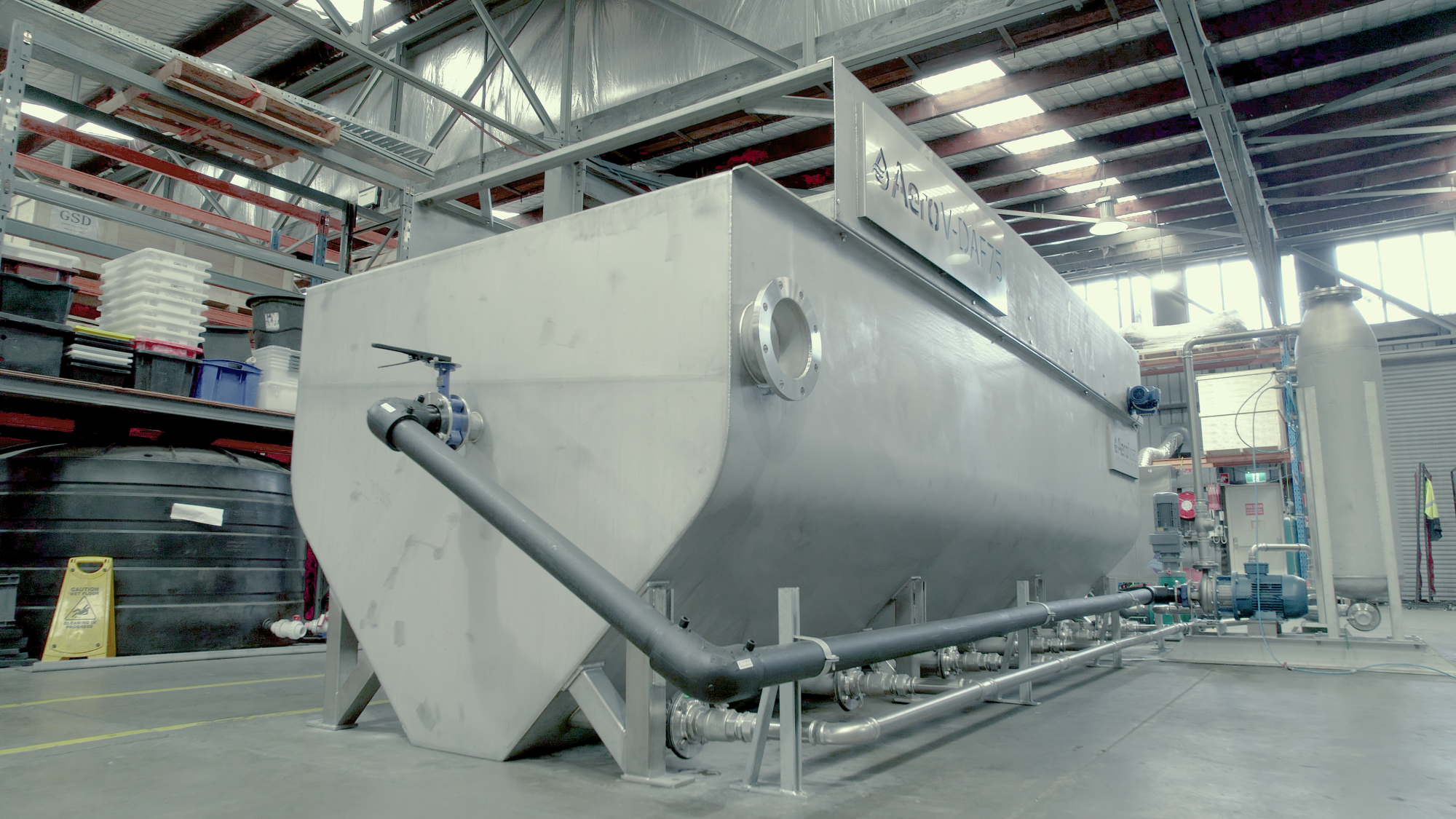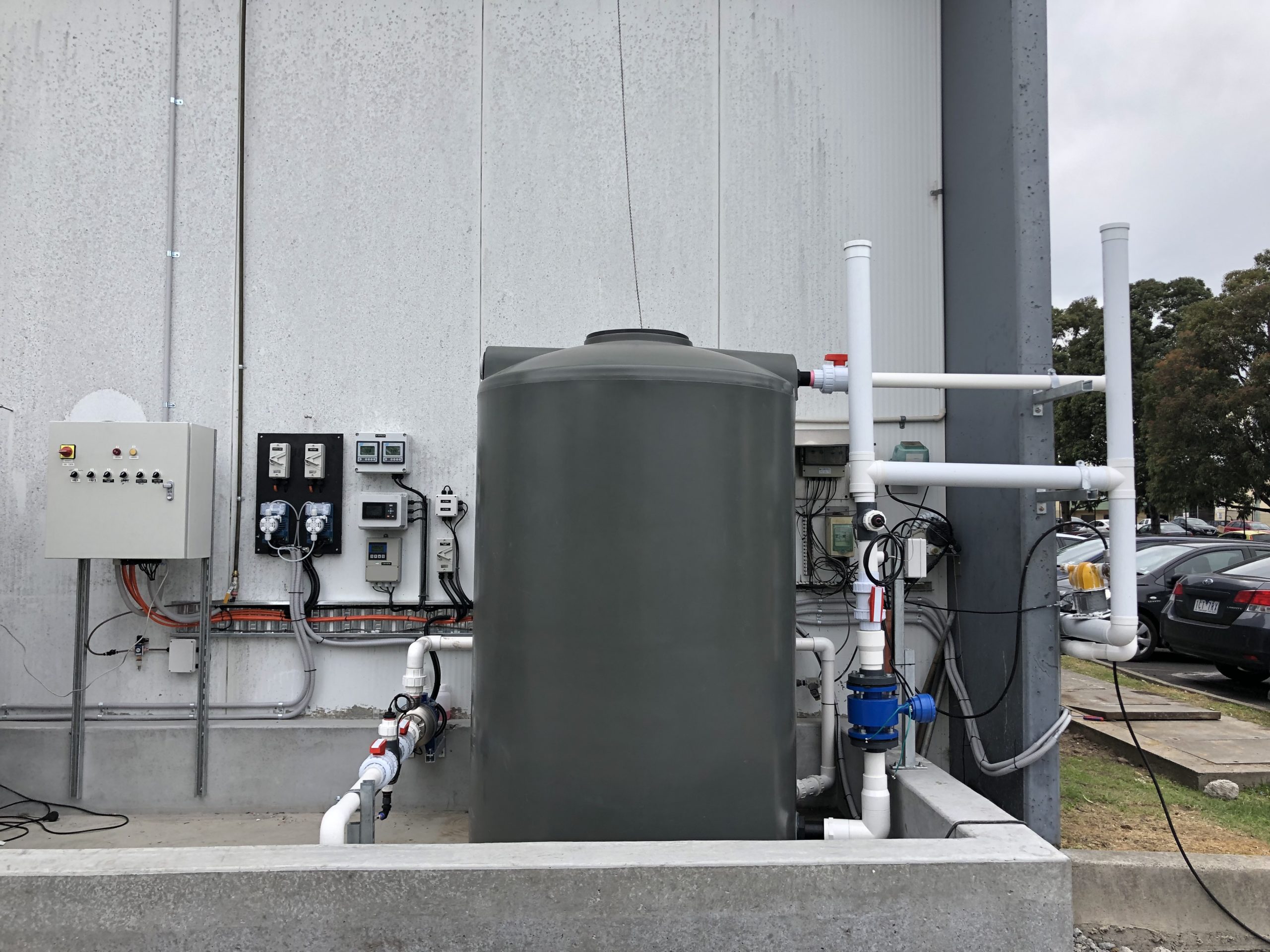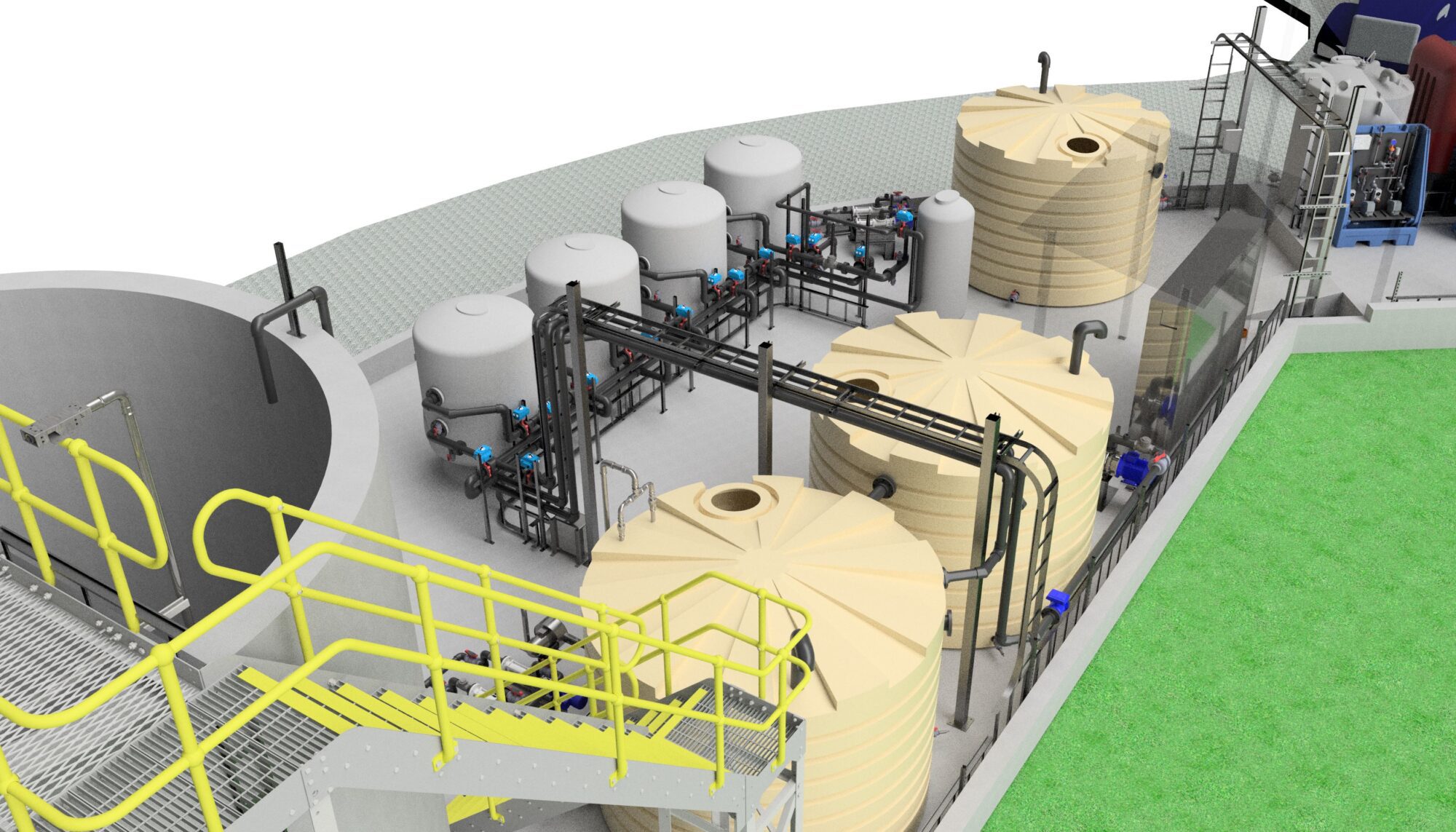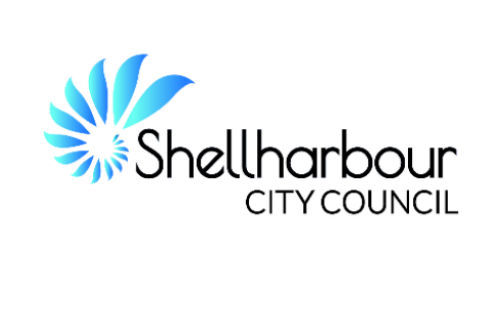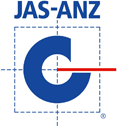A regional New South Wales mine site required a robust new sewage treatment system to ensure compliant effluent and meet population increases. Australian wastewater and sewage treatment company Aerofloat designed and installed its innovative Sewage Treatment Plant (STP) technology at the site, with commissioning of the site expected in April 2023.
Aerofloat’s flexible design allows for increased site capacity into the future, with flow rates expected to peak at 75,000L/day. Whilst the existing STP currently manages a site population of around 100, Aerofloat’s new design will cater for peak populations of up to 500.
“Aerofloat has incorporated unique technology to ensure a high quality effluent and excellent odour control,” said Michael Anderson, Aerofloat’s GM Operations.
Aerofloat’s design includes two parallel Hybrid Anoxic/Sequence Batch Reactor (AeroSBR) tanks, with chemical dosing for Phosphorus removal. The effluent is disinfected using liquid chlorine and processed through sand filters to meet strict site standards for re-use on site.
“Aerofloat’s innovative design will overcome the medium to long-term fouling and hydraulic loading issues often associated with Membrane Bio Reactors (MBRs) commonly used at mine sites,” says Anderson.
Aerofloat’s design allows for raw sewage from the busy mine site to gravitate to grinder pumping stations. From there it is screened via an inlet rotating drum screen, then split fed to two independent trains consisting of Anoxic/Flow Balance tanks (FBTs) to be continually mixed and fed into the AeroSBRs. Two independent streams allows for one train to be taken offline for maintenance whilst the other train continues to process sewage.
“Our AeroSBRs are fed continuously with a “pump and return” arrangement between the Anoxic/FBT and the AeroSBRs during the aeration period in the AeroSBR. This is to assist in the nitrification and denitrification of the effluent, to comply with effluent standards, and to ensure process stability in the AeroSBRs,” says Anderson.
The denitrification process will occur in the Anoxic/FBT by mixing the returned liquid with the incoming feed and using the readily available carbon (BOD) in the incoming sewage.
“This design element also eliminates the odour associated with septic tanks, which are often used in other types of treatment plants. The long sludge age in the AeroSBRs will ensure that the excess biosolids are well stabilised and free of objectionable odours,” says Anderson.
“Given the remote site, we’ve ensured remote access for operators, regardless of their location at the large site,” says Anderson.
“The entire system is fully automated and offers a HMI touch screen for operator monitoring and control and remote access functionality.”
Aerofloat offers innovative solutions for mining sites and remote industries across Australia. www.aerofloat.com.au
